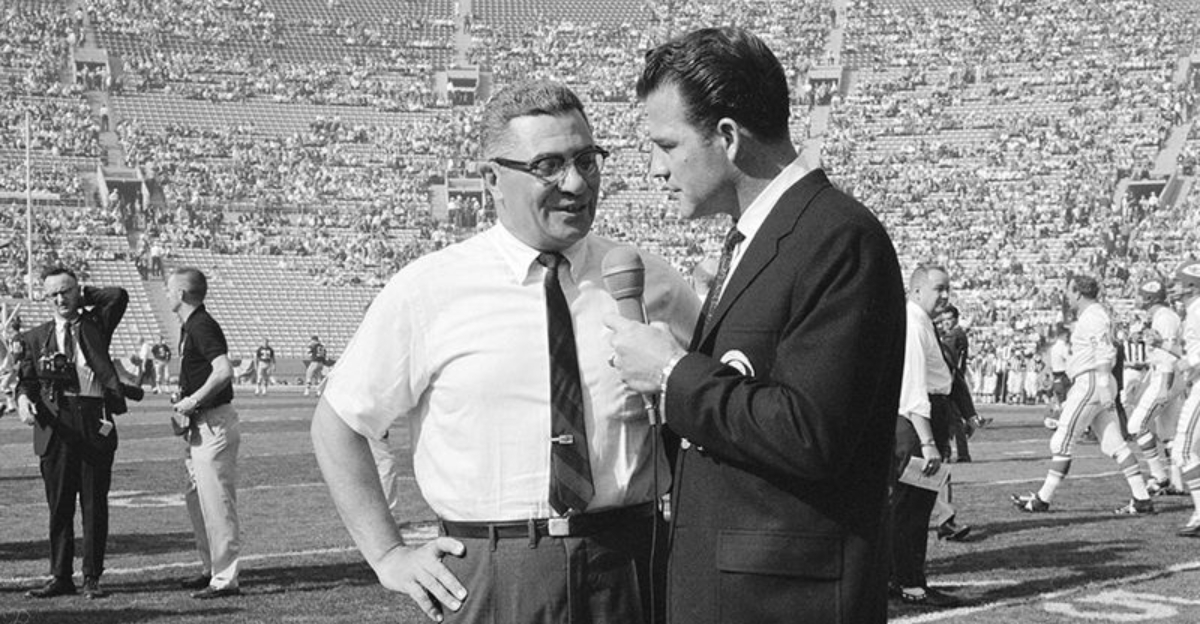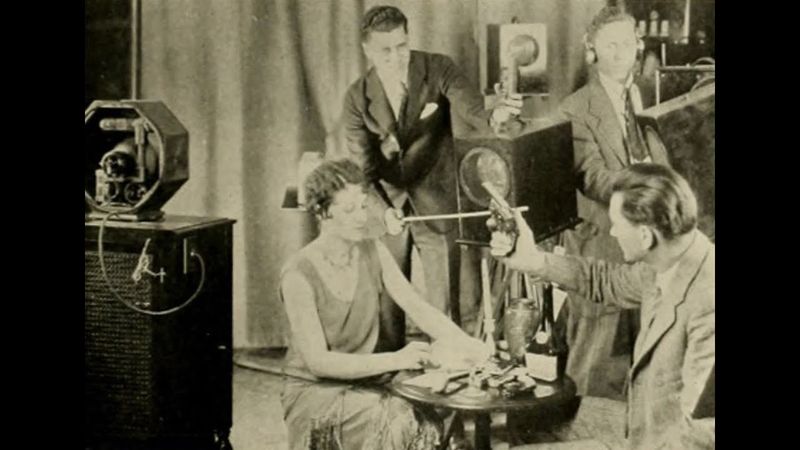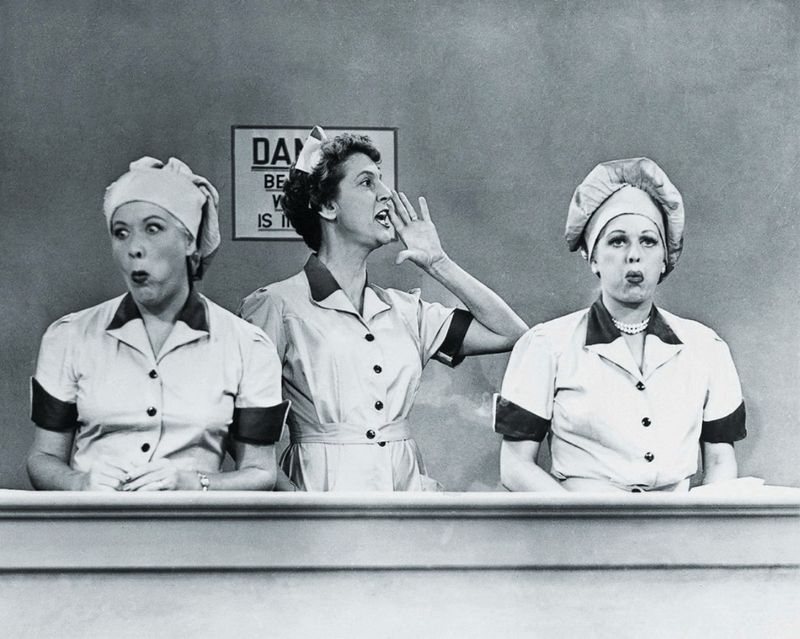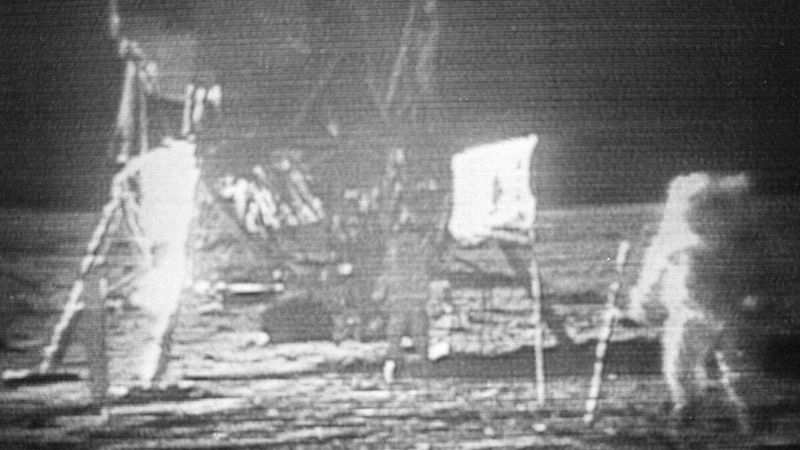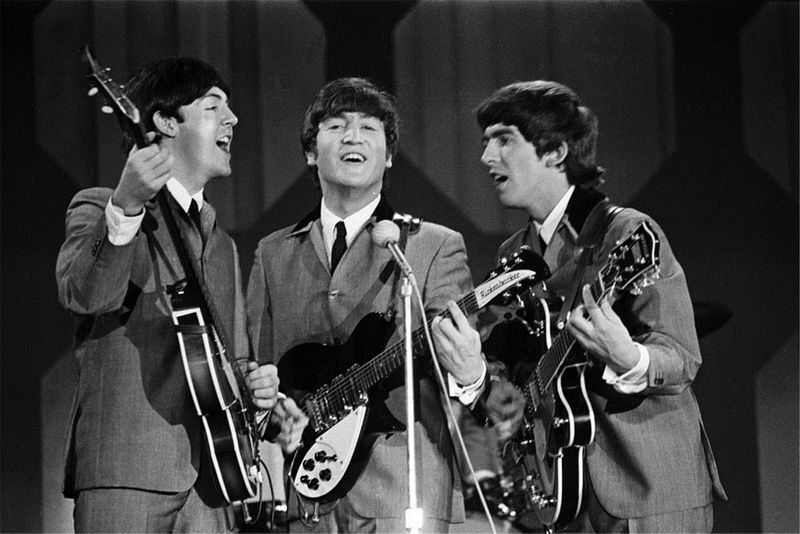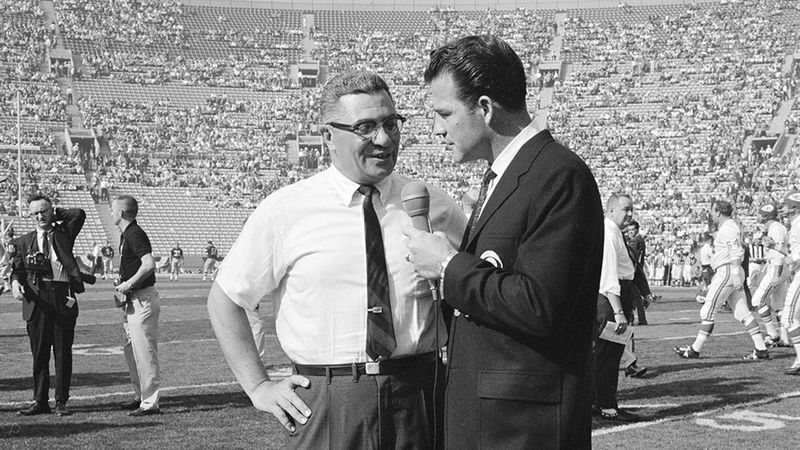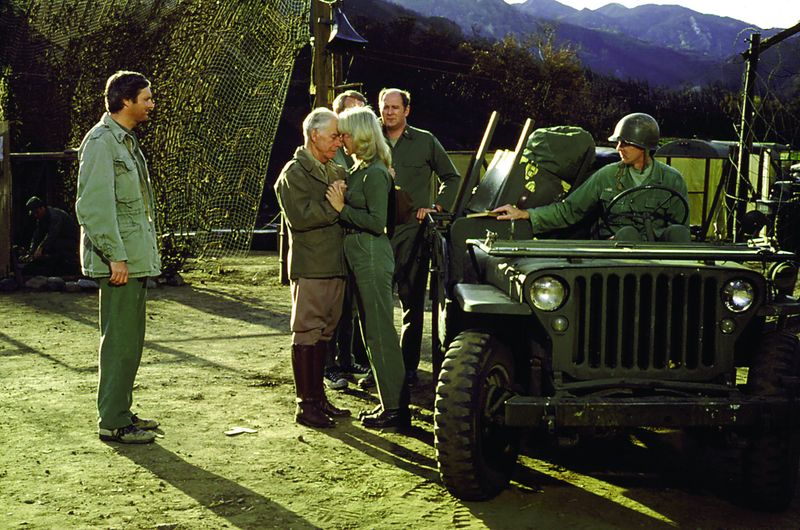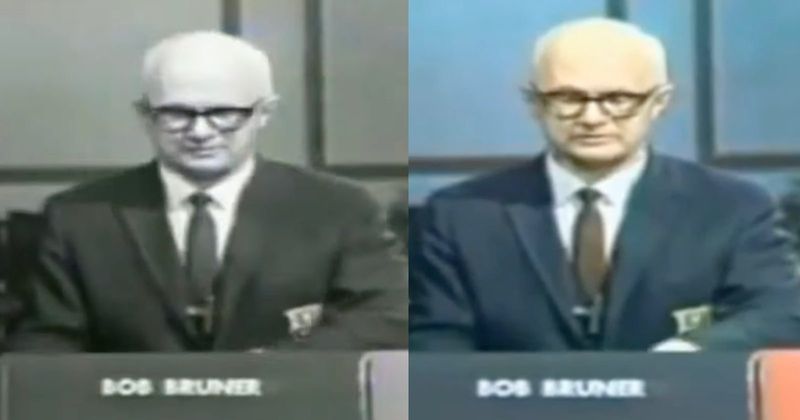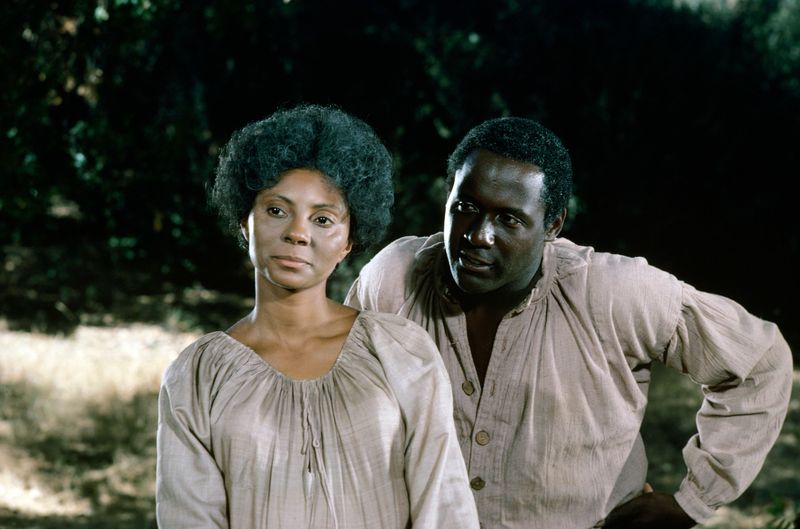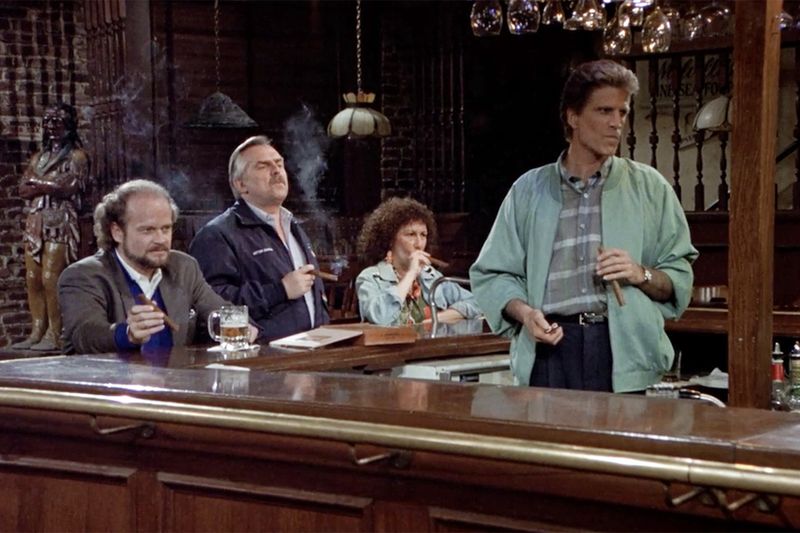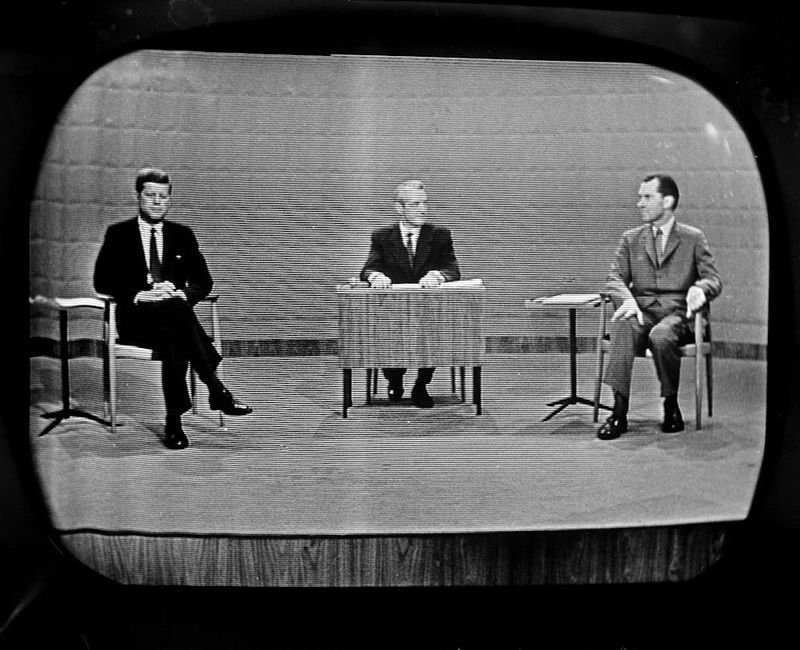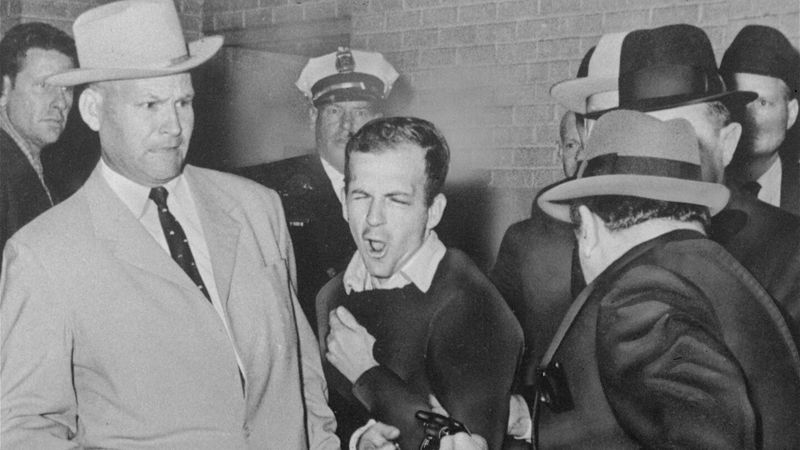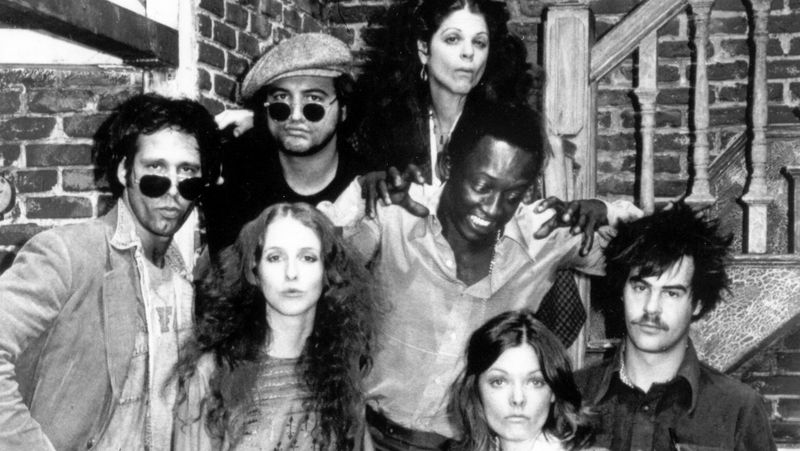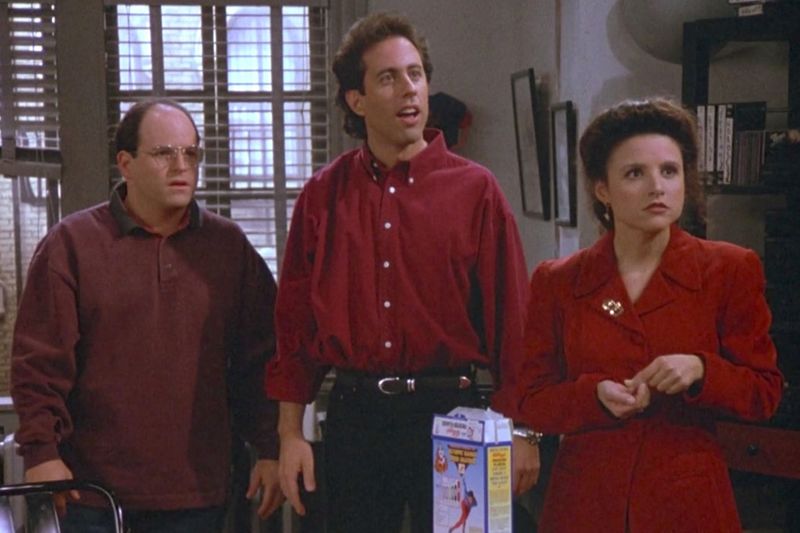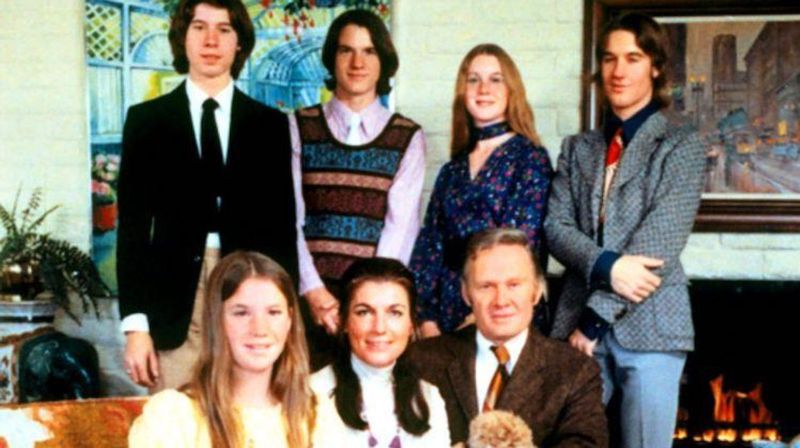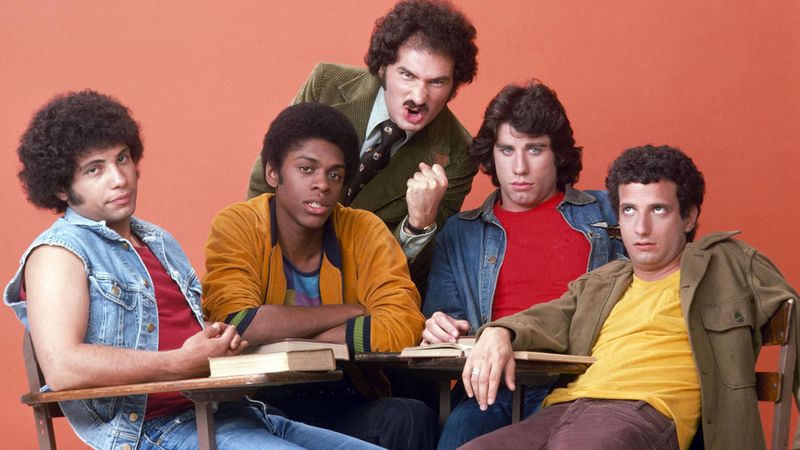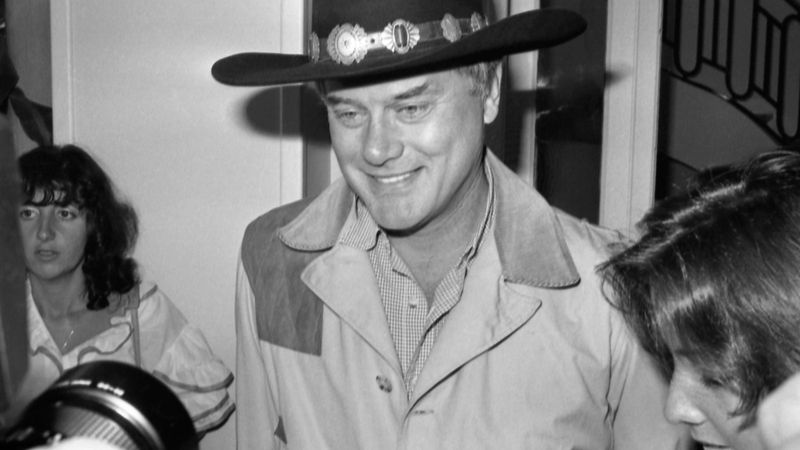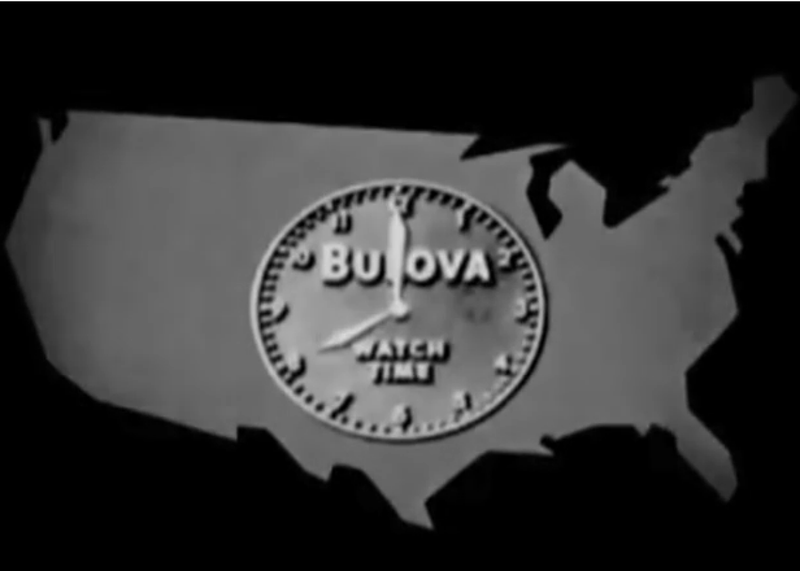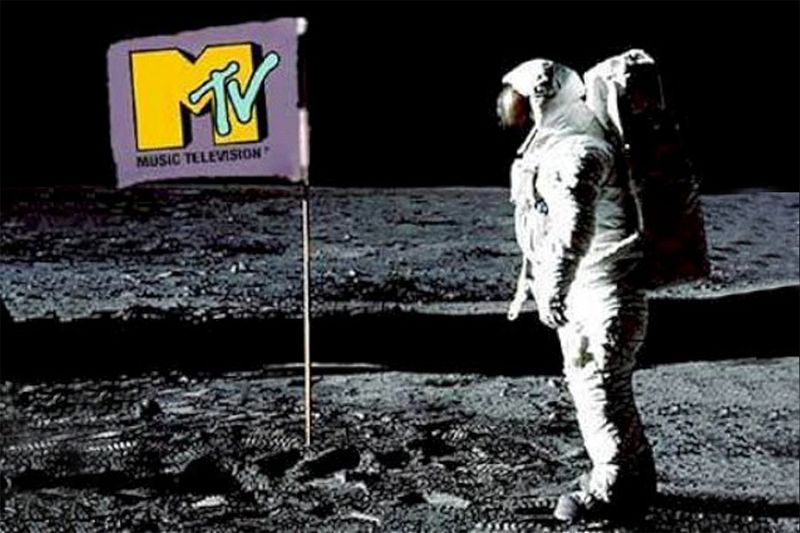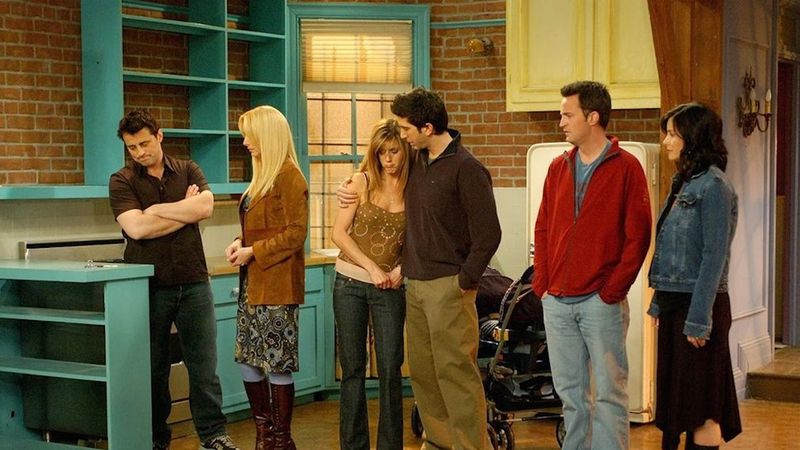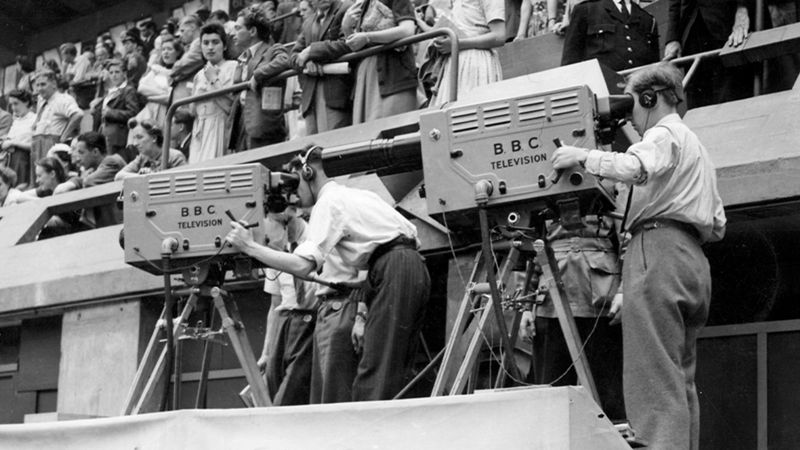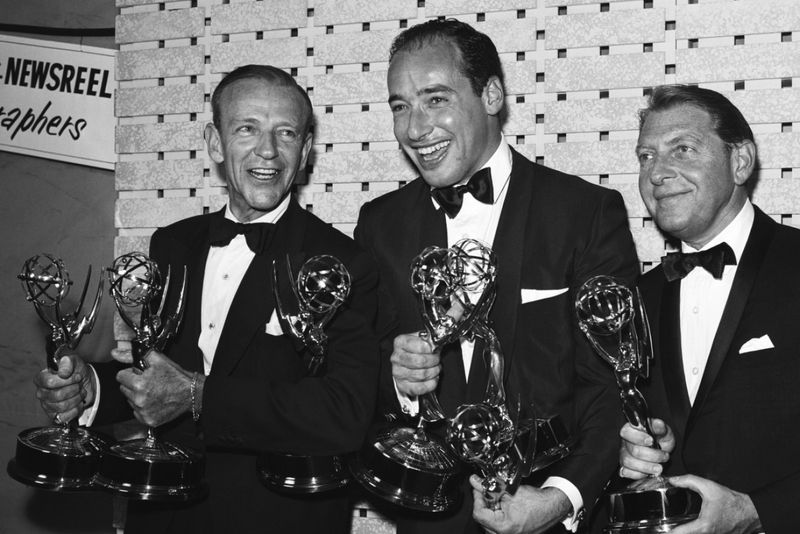Television has been a gateway to unforgettable moments that have shaped culture and history. From groundbreaking premieres to unforgettable finales, these moments have left lasting imprints in the hearts of viewers worldwide.
This blog takes you on a journey through 22 historic TV moments, each unique and influential in its own right, including the monumental occasion when a TV theme song topped the Billboard charts.
1. The First TV Broadcast
The first official television broadcast took place on July 2, 1928, by W3XK, operated by Charles Francis Jenkins. This historical event marked the beginning of television as a medium for mass communication.
Watching this transmission was a unique experience for audiences, who saw simple moving images.
Television sets were primitive and rare, with limited access for the general public. Despite these challenges, this broadcast was groundbreaking, setting the stage for future advancements.
The pioneering spirit of Jenkins and the awe of early viewers created a significant moment in broadcasting history.
2. I Love Lucy’s Chocolate Factory
“I Love Lucy” aired one of its most iconic episodes, “Job Switching,” on September 15, 1952. Lucille Ball’s comedic genius was on full display as Lucy and Ethel (Vivian Vance) struggled with chocolates on a factory conveyor belt.
Their hilarious antics and perfect timing had audiences roaring with laughter, etching this scene into television history.
The episode is often cited as a classic example of situational comedy, showcasing the chemistry between the cast and the innovative scripts that defined the golden age of television.
3. The Moon Landing Broadcast
On July 20, 1969, the world watched in awe as Neil Armstrong took his first steps on the moon. Televised live, this event united millions of viewers worldwide, bringing a sense of wonder and achievement.
Television screens flickered with grainy images, yet the significance of the moment was crystal clear. People gathered in living rooms, schools, and public spaces to witness this leap for mankind.
The moon landing broadcast remains one of television’s most significant achievements, demonstrating the power of TV to capture and convey history in real-time.
4. The Beatles on Ed Sullivan
The Beatles’ appearance on “The Ed Sullivan Show” on February 9, 1964, was a turning point in music and television. Their electrifying performance captivated American audiences, marking the beginning of Beatlemania.
The show introduced the Fab Four to millions, significantly influencing pop culture and music.
Teenagers screamed, parents watched curiously, and a new era of rock and roll was born. This performance is remembered as a cultural milestone, showcasing the profound impact of television on global entertainment and music history.
5. The First Super Bowl Broadcast
The first Super Bowl broadcast in 1967 was a defining moment for sports television. Held on January 15, the game was played between the Green Bay Packers and the Kansas City Chiefs.
Broadcast on both CBS and NBC, it reached millions of viewers, setting a precedent for sports broadcasting. Families and friends gathered to enjoy the spectacle, emphasizing television’s role in uniting audiences.
This broadcast established the Super Bowl as a national event, showcasing the potential of live sports on TV and paving the way for future broadcasts of major sporting events.
6. M*A*S*H Series Finale
The series finale of “M*A*S*H,” aired on February 28, 1983, is one of the most-watched television episodes in history. Titled “Goodbye, Farewell and Amen,” it provided a heartfelt closure to a beloved series.
Fans had followed the characters through humor and hardship, making the ending poignant and memorable.
Millions tuned in to say goodbye, demonstrating the emotional connection viewers had with the show. The finale’s success highlighted the power of emotional storytelling and the impact of television as a medium for sharing human experiences.
7. The First Color Television Broadcast
The first national color broadcast took place on January 1, 1954, by NBC. Viewers were treated to the Tournament of Roses Parade, marking a new era in television technology.
Color TV brought vibrant visuals to life, enhancing the viewing experience and attracting more audiences.
This technological advancement changed the industry’s landscape, encouraging networks to adopt color broadcasts and invest in color programming.
The introduction of color TV was a revolutionary step, transforming how people experienced television and setting the stage for future innovations.
8. Roots Miniseries
Airing in January 1977, “Roots” was a groundbreaking miniseries that depicted the journey of an African American family. Based on Alex Haley’s novel, it addressed slavery’s harsh realities and resonated deeply with audiences.
“Roots” sparked conversations about race and history, showcasing the power of television to educate and provoke thought.
Its success demonstrated TV’s ability to address significant social issues, reaching millions and leaving a lasting impact. The series’ influence continues to be felt, as it remains a poignant reminder of television’s role in shaping societal dialogues.
9. Cheers Finale
The “Cheers” series finale aired on May 20, 1993, bidding farewell to the iconic Boston bar and its patrons. As one of the most beloved sitcoms, its ending was both anticipated and bittersweet.
Viewers had formed a bond with the characters, making the goodbye emotional and nostalgic.
The finale celebrated the show’s humor, camaraderie, and impact on pop culture. “Cheers” remains a testament to the power of ensemble casts and clever writing, leaving a legacy that continues to influence sitcoms today.
10. The First Televised Presidential Debate
The first televised presidential debate on September 26, 1960, between Kennedy and Nixon, transformed political campaigns. Television brought candidates into living rooms, allowing voters to see and hear them directly.
The visual medium emphasized Kennedy’s charisma and Nixon’s discomfort, influencing public perception.
This debate highlighted TV’s potential to shape political narratives, setting a standard for future elections.
The broadcast marked a shift in how politics were conducted, demonstrating television’s powerful role in modern democracy and its ability to engage the public in political discourse.
11. The First Live TV Murder
The live broadcast of Lee Harvey Oswald’s murder on November 24, 1963, was a shocking moment in television history. Captured during a routine transfer, millions witnessed the event as it unfolded.
Television brought the raw, unfiltered reality of the situation into homes, highlighting both its power and ethical implications.
This broadcast underscored the immediacy of television journalism, raising questions about sensationalism and viewer impact. The event remains a pivotal moment, illustrating the medium’s ability to convey breaking news in real-time and its influence on public consciousness.
12. SNL’s First Episode
“Saturday Night Live” premiered on October 11, 1975, redefining late-night television. Hosted by George Carlin, the show blended sketch comedy, satire, and live performances.
Its unique format and edgy humor resonated with audiences, becoming a cultural phenomenon.
SNL launched the careers of many comedians, showcasing the power of live television to entertain and innovate. Its debut marked the beginning of an influential institution, setting the stage for decades of comedy and cultural commentary.
SNL’s legacy continues, highlighting television’s role in shaping entertainment trends and public discourse.
13. The O.J. Simpson Car Chase
On June 17, 1994, millions tuned in to watch the O.J. Simpson car chase, a surreal moment in television history. The slow-speed pursuit across Los Angeles captivated viewers, blending news and entertainment.
The broadcast was a turning point, showcasing television’s ability to capture real-time drama.
This event sparked debates about media ethics and public fascination with celebrity cases, marking a shift in news consumption.
The chase remains a defining moment, illustrating the power of live television to captivate and shape public opinion, while also questioning the boundaries of news coverage.
14. Seinfeld’s “The Contest” Episode
Airing on November 18, 1992, “The Contest” episode of “Seinfeld” became an iconic moment in TV comedy. Its daring exploration of adult themes pushed boundaries, cleverly avoiding explicit language.
The episode’s humor and wit resonated with audiences, earning critical acclaim and numerous awards.
This bold storytelling highlighted “Seinfeld’s” unique voice, contributing to its status as a cultural icon.
“The Contest” remains a testament to innovative writing and character-driven comedy, showcasing television’s ability to tackle unconventional topics with humor and intelligence, leaving a lasting impact on the genre.
15. The First Reality TV Show
“An American Family,” premiered in 1973, is often credited as the first reality TV show. The series chronicled the daily lives of the Loud family, offering an unfiltered glimpse into their personal dynamics.
Viewers were intrigued by the authenticity and relatability, making it a groundbreaking moment in television.
This innovative format paved the way for future reality shows, demonstrating TV’s ability to reflect real-life experiences.
“An American Family” showcased the power of editing and narrative in reality television, setting the stage for a genre that continues to captivate audiences worldwide.
16. The First TV Theme to Hit #1
In 1976, the theme song for “Welcome Back, Kotter” became the first TV theme to reach #1 on the Billboard charts. Sung by John Sebastian, the catchy tune resonated with listeners, bridging the gap between television and music.
The song’s success showcased the potential for TV themes to become hits, influencing the production of future shows.
This achievement highlighted the synergy between TV and music industries, illustrating television’s influence on popular culture. The landmark success of this theme song remains a testament to the power of music in television, setting a precedent for future collaborations.
17. Dallas’ “Who Shot J.R.?”
The “Who Shot J.R.?” episode of “Dallas,” aired on March 21, 1980, became a cultural phenomenon. The cliffhanger captivated viewers, sparking widespread speculation and media frenzy.
Audiences were eager for answers, leading to months of suspense and high ratings upon the resolution.
This moment demonstrated television’s ability to engage and enthrall viewers with compelling storytelling.
“Who Shot J.R.?” remains a defining example of cliffhanger impact, highlighting the art of suspense in TV narrative and its effect on audience engagement, paving the way for future dramatic series.
18. The First TV Commercial
The first television commercial aired on July 1, 1941, during a baseball game broadcast by NBC. Sponsored by Bulova watches, it marked a new era in advertising.
The 10-second spot, costing $9, reached viewers in New York, introducing the concept of TV commercials.
This moment demonstrated television’s potential as a powerful advertising medium, revolutionizing marketing strategies. The introduction of commercials transformed the TV industry, illustrating its role in consumer culture.
The Bulova ad paved the way for future advertising innovations, highlighting television’s influence on commerce and consumer behavior.
19. MTV Launch
MTV’s launch on August 1, 1981, revolutionized music and television. As the first channel dedicated to music videos, it offered a platform for artists to reach wider audiences, blending visual artistry with music.
The debut of “Video Killed the Radio Star” set the tone for MTV’s innovative approach.
This launch marked a shift in how music was consumed, highlighting television’s role in shaping entertainment trends.
MTV became a cultural force, influencing fashion, language, and youth culture. Its impact continues to be felt, underscoring the power of TV to redefine media landscapes.
20. The Last Episode of Friends
The “Friends” series finale on May 6, 2004, was a bittersweet farewell to a beloved sitcom. Fans worldwide tuned in to witness the conclusion of a decade-long journey with Ross, Rachel, Monica, Chandler, Joey, and Phoebe.
The emotional finale reflected the show’s themes of friendship and love, resonating deeply with audiences.
This ending highlighted the power of character-driven storytelling and the connection viewers felt with the ensemble cast. “Friends” left an indelible mark on television, influencing sitcoms and popular culture, and its finale remains a testament to its enduring legacy.
21. The First Televised Olympic Games
The 1936 Olympic Games in Berlin were the first to be televised, providing a new way for audiences to engage with the event. Although limited to Berlin, the broadcast marked a significant moment in sports history.
Television allowed viewers to experience the Games in real-time, enhancing the excitement and reach of the event.
This innovation demonstrated TV’s potential to bring global events into living rooms, setting a precedent for future sports broadcasting.
The televised Games illustrated the power of television to connect audiences with international events, laying the groundwork for modern sports coverage.
22. The First Emmy Awards
The inaugural Emmy Awards, held on January 25, 1949, celebrated the emerging television industry. The ceremony honored excellence in TV, establishing a tradition of recognizing artistic achievement.
This event underscored television’s growing cultural significance, highlighting its artistic potential.
The Emmys provided a platform for celebrating talent and innovation, encouraging the industry’s growth and creativity.
The first ceremony marked the beginning of a prestigious tradition, emphasizing television’s role in shaping entertainment and culture. The Emmys continue to honor excellence, reflecting the evolving landscape of television and its impact on society.
